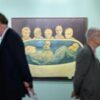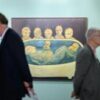When female African artists collectively surpassed men in auction sales in 2023 for the first time, many dismissed it as an anomaly. But the trend persisted. In 2024 women maintained a strong 52.8% share of sales, despite a broader decline in the African art market.
“This shift marks a significant moment in art market history, particularly as global sales of women artists have not yet reached parity with men,” says Lindsay Dewar, chief operating officer of research company ArtTactic. “The African art scene stands out as a leader, where women artists are thriving and performing exceptionally well.”
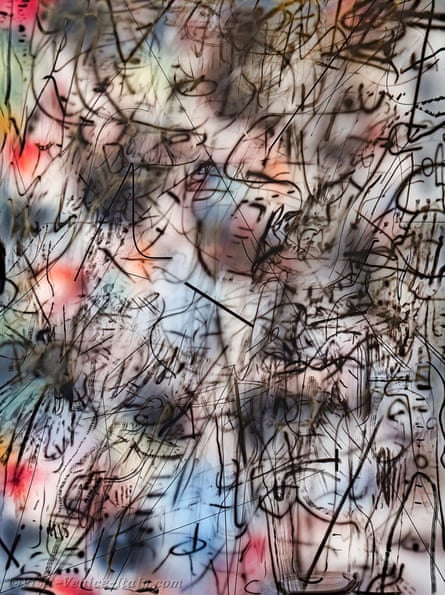
ArtTactic calculated the percentages from sales figures at international auction houses including Sotheby’s, Christie’s, Phillips, Bonhams and Strauss & Co.
In 2024, the total sales value of female African artists reached $22m (£17.5m), with 452 women represented – an increase from 288 in 2023, says Dewar. The five highest priced sales were all by women, with the Ethiopian-American contemporary artist Julie Mehretu leading the rankings. Already the best selling artist of the year, her abstract acrylic and ink painting Mumbaphilia (J.E.) sold for $5.8m at Christie’s.
The second highest-grossing African female artist was the South African modernist Irma Stern (1894–1966), whose work was influenced by German expressionism.
While the market has been experiencing a downturn – falling by 27% in general and 45% in the African sector – the continued success of women suggests a fundamental change rather than a temporary fluctuation, Dewar says.
Works by Nigerian visual artists Njideka Akunyili Crosby and Toyin Ojih Odutola, and South African painter Marlene Dumas also sold for more than $1m last year. “Their presence at the highest levels of the market underscores the increasing recognition and valuation of African women artists,” says Dewar.
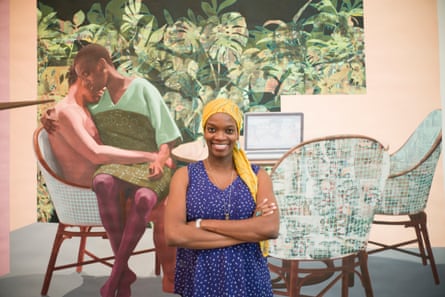



Alastair Meredith, head of art at the South African auction house Strauss & Co, is unsurprised by the gender parity. “Certainly from a South African perspective, some of the highest value artists – whether they’re modern or contemporary – are women.”
Strauss & Co has seen a rising demand for works by female African artists, including Esther Mahlangu, known for her vibrant geometric works carrying on the traditions of Ndebele art. A mural by Mahlangu was unveiled at UK’s Serpentine gallery last October.
Works by artists such as Dumas and Lynette Yiadom-Boakye, a British artist with Ghanaian heritage, can sell for millions of pounds at auctions in London and New York.
“Some of the highest value, the highest-grossing artists, certainly on the contemporary side, happen to be women,” Meredith says. “Dumas and Yiadom-Boakye are artists that command enormously high prices.”
after newsletter promotion




Meredith cites Gladys Mgudlandlu as a historically under-appreciated South African artist who is now gaining renewed recognition. “Despite her talent, her career was unfairly overlooked. As a black female painter during the apartheid era, her opportunities were limited,” he says.
Self-taught, Mgudlandluwas influenced by l Fingo and Xhosa mural art and she predominantly painted vibrant landscapes.
Dana Endundo Ferreira, the founder and chief executive of Pavillon 54, a digital art platform, says that with the global interest in African contemporary art, women are beginning to receive the recognition they deserve. “Several female artists are reshaping the landscape and, across the continent, black women artists are no longer on the margins – they are leading the conversation,” she says, citing artists such as Peju Alatise in Nigeria, and Zanele Muholi and Thenjiwe Niki Nkosi in South Africa.
“Black women artists on the continent still face unique challenges, including limited infrastructure and representation in galleries and institutions, difficulties accessing international markets, and systemic biases that have historically undervalued their work,” she says. “Many often still operate within male-dominated spaces where recognition comes more slowly.”
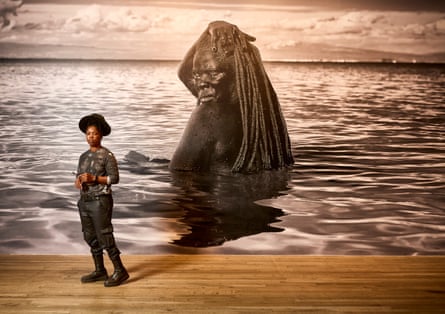



Dewar attributes the new gender parity to several factors. “One is the inclusion of African women artists in major contemporary sales rather than only in specialised African art auctions,” she says. “This exposure alongside blue-chip western artists like Andy Warhol gives their work greater visibility and credibility. It adds a gravitas,” she says.
There has also been a broader movement toward increased representation of female artists as auction houses and collectors actively seek to diversify their collections. And interest in younger artists has also contributed, with new generations entering the art world on a more equal footing.
“The number of women artists sold at auction has grown by 130% since 2015,” Dewar says. “That’s a huge increase.”
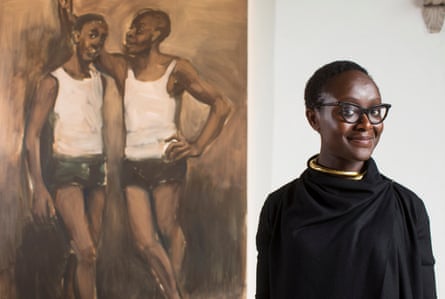



Despite such advancements, female African artists still operate within a market significantly different from the global picture. The average price of their work in 2024 was approximately $23,500, whereas the global average for female artists stood at $180,000.
But Dewar sees encouraging signs of broader market shifts.
“Their ability to achieve sales parity in a region where art sales have traditionally been male-dominated is a notable achievement,” she says.
This post was originally published on this site be sure to check out more of their content

